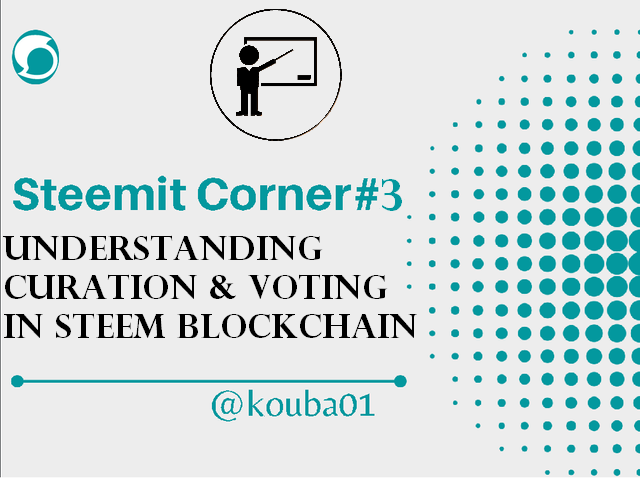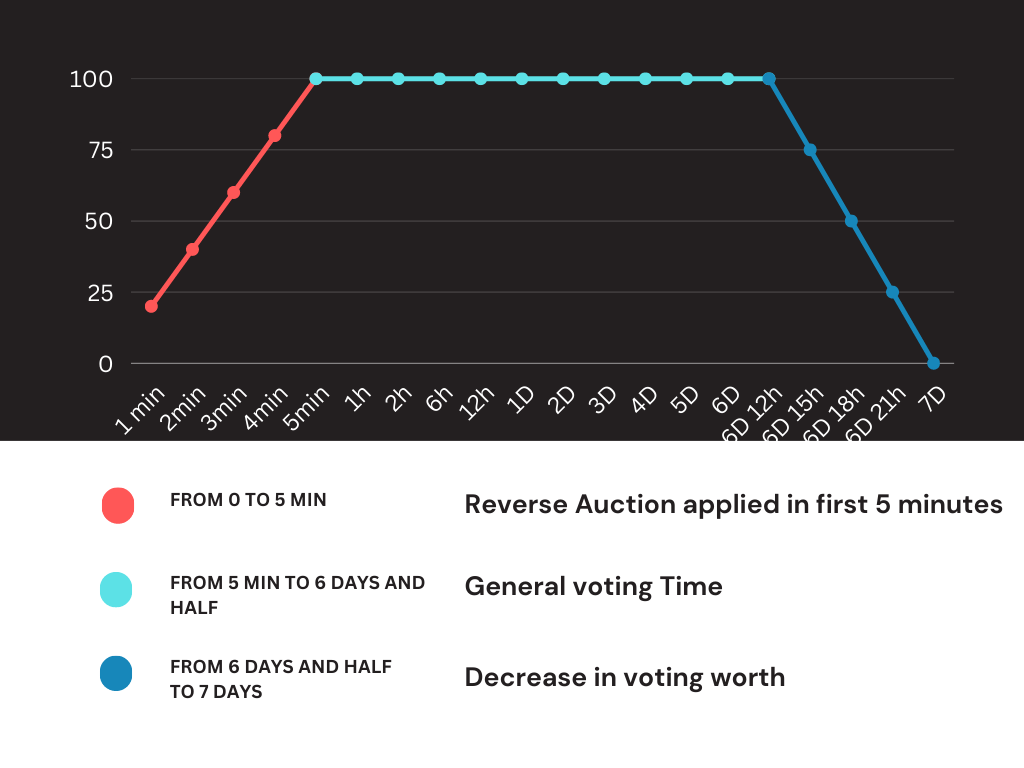
Background:
As we saw before in the previous lesson that our ecosystem Steemit.Inc has a pool of rewards where the new tokens that are created by the witnesses are accumulated following a certain fixed rate linked directly to the rate of inflation (according to the system it decreases by 0.01% for each 250 thousand blocks until it reaches the 0.95% threshold for the next few years).
A portion of 65% of these rewards is devoted directly to the content which will then be divided equally between the curators and the authors 50%50% (which means that 32.5% of the total reward pool is divided between the authors, and similarly 32.5% of the total reward pool is split between curators) and this is done to incentivize users to create content and upvote other high quality contributors in terms of information and ideas that are presented.
As you all know that each steemians has tokens acquired which form a portfolio called Steem Power (SP), this amount represents in fact the influence of power which directly influences the distribution of rewards between authors and curators , that is, the higher the SP, the greater the rewards.
So note that the SP is only a power that influences the distribution of the reward, and is not the one that pays this reward. So the reward comes only from the reward pool.
The ultimate curation philosophy of our decentralized social platform, Steem Blockchain is therefore to empower users to apply what they know to distinguish between what is good content to upvote and what is bad, and so we must skip it and ignore it, All of this comes together to achieve the Proof-of-Brain (PoB) mechanism.
What is Curation in Steem Blockchain?
Many users think that curating means voting directly on a post, and it may be correct in its definition, but the principle is completely different.
Since many of us upvote and support content without browsing it and not even knowing if it's original or not. However, behind cerebral evidence is the need for the wisdom of people who have been enhanced to prove objective participation and engagement.
How to curate content correctly?
Starting with a thorough reading of the post, then moving on to checking the sources provided, and ensuring with multiple tools that there is no plagiarism and/or using ChatGpt.
Then try to evaluate what has been written according to clear criteria, the most important of which is that this content adds value to your knowledge; If the answer is yes, then pledge to support it and spread the information further. You can also comment from your personal point of view.
Finally, vote in a useful way, and for that you must know how to use your available resources which are your Steem Power and Voting Power and why not Resteem the content to create a network sharing effect with your followers.
The above represents the Curation steps for an individual, however, if multiple users are curating the same content this is referred to as curated content.

What's Content Discovery
In order for us to facilitate the discovery of quality content on our platform, we (individuals and communities) must interact in the right way, i.e. we ought only vote and support the best content in terms of originality and relevance, and here show the important role of curators in filtering out what is useful aigainst what is superficial and unnecessary.
And since the execution of the rewards algorithm in our ecosystem is undoubtedly Convergent Liner Reward, it is better for curators to come under agreement on high quality content which gives a reward curve tends to reach the linearity. So, therefore, the more curators there are, the better the content discovery.
Technically speaking, under convergent linear reward, the isolated judge tends to reward less while the group judge tends to reward more (linear reward). Thus, reward converges on sin when isolated judgment turns into societal judgment.
What is Voting Window in Steem Blockchain?
Every operation whether it publishes a post or performs a transaction on Steem Blockchain is logged in an unmodifiable way thanks to the timestamp that most of the Blockchain based social networks use to maintain transparency and indicate in an accurate way and correct the age of the post.
This allows Steem Blockchain to set a 7-day deadline for rewarding the creators and curators, for the duration of which a post can have positives upvotes or negatives one in case of bad content and then the final balance is distributed between the author and curator(s) in the ratio of 50%/50%.

As shown in the figure above, the duration of the first 5 minutes after publication in Steem Blockchain is known as reverse auctions, in which the curation reward is deducted in a linear fashion, by voting during the first 5 minutes of publishing a post, we lose a percentage of 100% to 0% of the curation reward (linear discount from 0 minutes to 5 minutes), and this lost amount returns to the reward pool.
Also by voting after the 6 day 12 hour posting period, our vote value begins to deplete at a linear rate with 0% depletion at 6 day 12 hour and 100% depletion at 7 day.
Clearly here we can deduce that having the same SP and VP does not mean that we can have the same upvote value unless only if we upvote during the general voting period which is limited from 5 minutes to 6 days 12 hours age of a post.
Remark: Although the general window voting period ranges from 5 minutes to 6 days, 12 hours of a post's life, advanced curators vote in the reverse auction period to compete with other curators for the popularity of high-quality content and earn rewards better curation.
I hope that this third post in this series helped many users to understand about curation and voting in steem blockchain in the hope that the series will continue in future episodes.
Best Regards,
@kouba01
Cc- @steemcurator01

